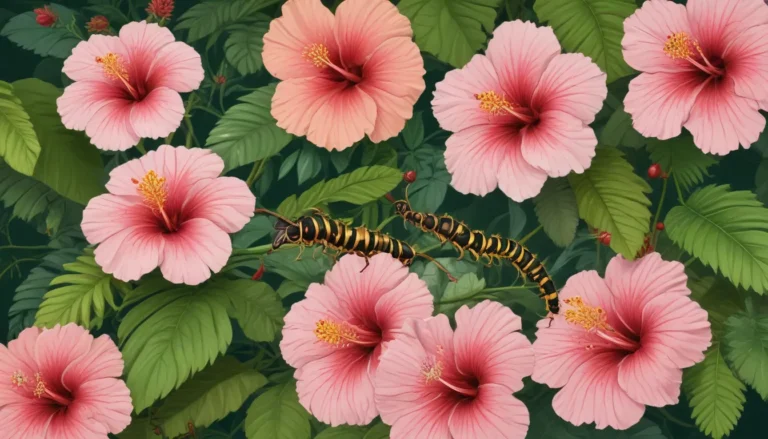Understanding Tree Growth Abnormalities: Burr Knots vs Crown Galls

Have you noticed strange growths on your fruit, nut, or shade tree? It’s essential to identify whether these growths are burr knots or crown galls to determine the proper course of action. In this comprehensive guide, we’ll delve into the differences between these two abnormalities, explore the problems associated with each, and discuss prevention and control methods. Let’s dive in and unravel the mystery behind these peculiar tree growths.
What You Will Learn
-
Burr Knots
- What are Burr Knots?
- Problems Associated With Burr Knots
- Prevention and Control
-
Crown Galls
- Recognizing Crown Galls
- How to Avoid Crown Gall
- Control Mechanisms for Crown Gall
-
More Than Just Unsightly Growths
Burr Knots
Burr knots are growths on trees that may resemble tumors but are actually small root initials. They are commonly found on the rootstock but can also develop on the limbs of some scion cultivars. These growths are a result of the tree growing root tissue on its limbs, often in shaded areas with high humidity and moderate to warm temperatures.
Problems Associated with Burr Knots
Burr knots can pose several problems for trees, including susceptibility to breakage under various circumstances such as heavy fruit loads, ice or snow loads, or windstorms. Additionally, if multiple burr knots grow together, they can limit the transportation of sugars through the phloem, leading to stunted growth in the affected areas. Furthermore, these growths provide entry points for insects and pathogens, increasing the risk of infections such as woolly apple aphids, dogwood borers, and plum borers, as well as diseases like fire blight and wood-rotting fungi.
Prevention and Control
To prevent burr knots from forming, ensure that the graft union is positioned just above the soil to keep the trunk dry. Avoid creating conditions that promote the growth of burr knots, such as maintaining vegetation under the canopy or using tree guards. If burr knots do develop, they can be removed surgically or treated with products like Gallex to promote healing.
Crown Galls
Crown galls are distinctive growths on trees that resemble overgrown warts, ranging in size from half an inch to over a foot in diameter. These growths are caused by a bacterial infection with Agrobacterium tumefaciens, which injects its DNA into the plant, leading to the formation of tumors. Crown galls can appear on roots, crowns, and stems of trees, limiting the flow of water and nutrients and resulting in stunted growth and decline in affected areas.
How to Avoid Crown Gall
Preventing crown gall infections can be challenging due to the widespread presence of the bacteria in nurseries and soils. However, you can reduce the risk by minimizing wounds on the tree, controlling insect damage, and avoiding conditions that facilitate bacterial infections. Members of the rose family are particularly susceptible to crown galls, as well as various fruit, nut, and shade trees, shrubs, vines, and perennials.
Control Mechanisms for Crown Gall
Treating crown galls can be challenging, but applying antibiotic-containing paint to the galls above the ground can slow down their development. Using products like Gallex to inhibit gall growth and removing infected plant material can also help prevent the spread of the infection. In severe cases, removing the infected tree entirely and taking precautions when replanting in the same area can prevent further infections.
More Than Just Unsightly Growths
Both burr knots and crown galls can cause significant damage to trees, impacting their growth and health. While burr knots primarily lead to secondary damage by enabling insect and pathogen infestations, crown galls can be lethal to affected trees. Prevention is key to protecting your trees from these growth abnormalities, whether through proper planting practices, vigilant maintenance, or timely treatment with control products.
Share Your Experience: Have you successfully saved trees afflicted with burr knots or crown galls? Share your experiences and insights with us in the comments below!
Explore More: Learn about other tree disorders and diseases:
– How to Identify, Prevent, and Treat Gummosis on Fruit Trees
– How to Manage Root Rot in Fruit, Nut, and Landscape Trees and Shrubs
– How to Prevent and Control Armillaria Root Rot
By understanding the differences between burr knots and crown galls, you can effectively care for your trees and protect them from these harmful growth abnormalities. Stay informed, stay vigilant, and keep your trees healthy and thriving.
Thank you for reading & Discover more # Tree Health & Care





